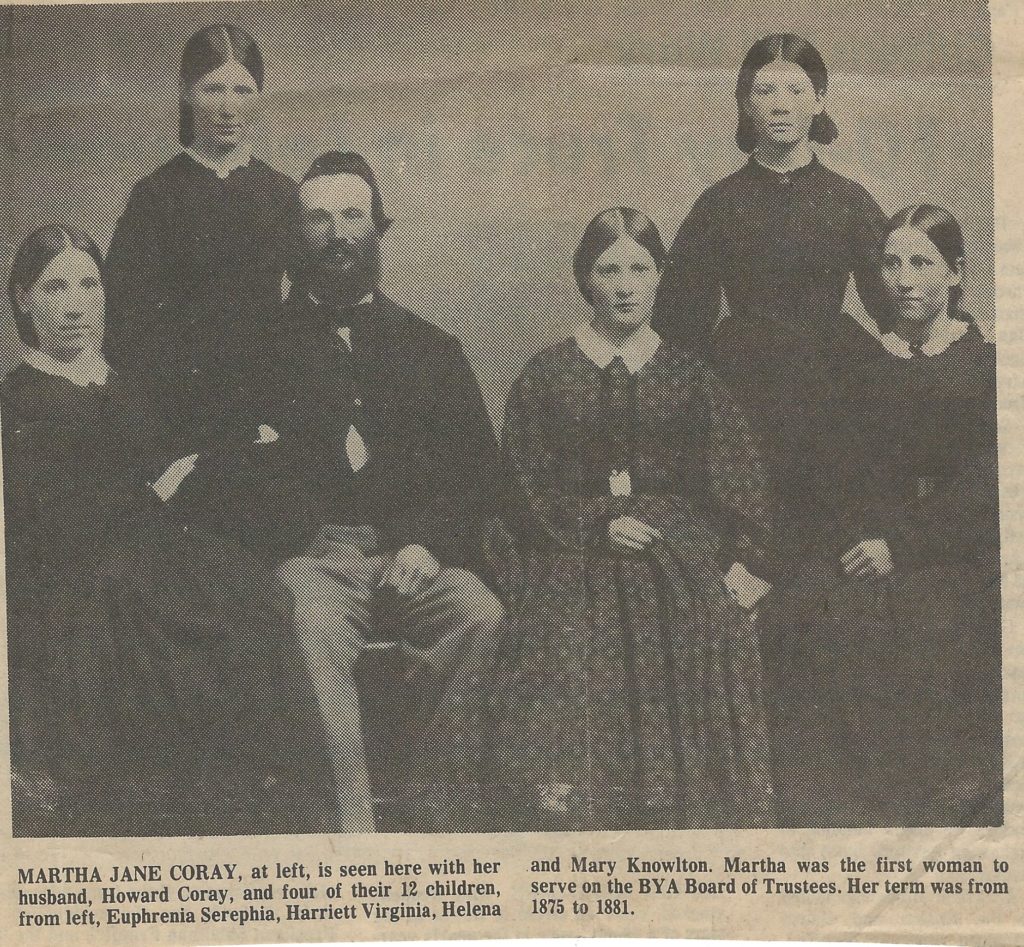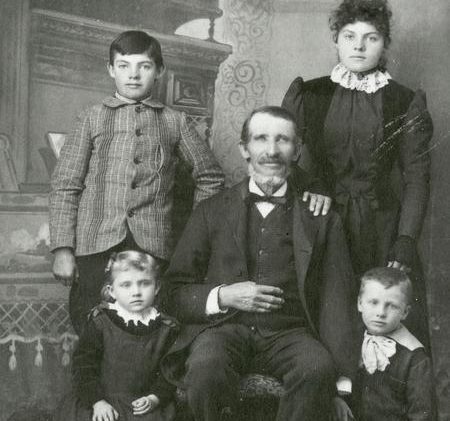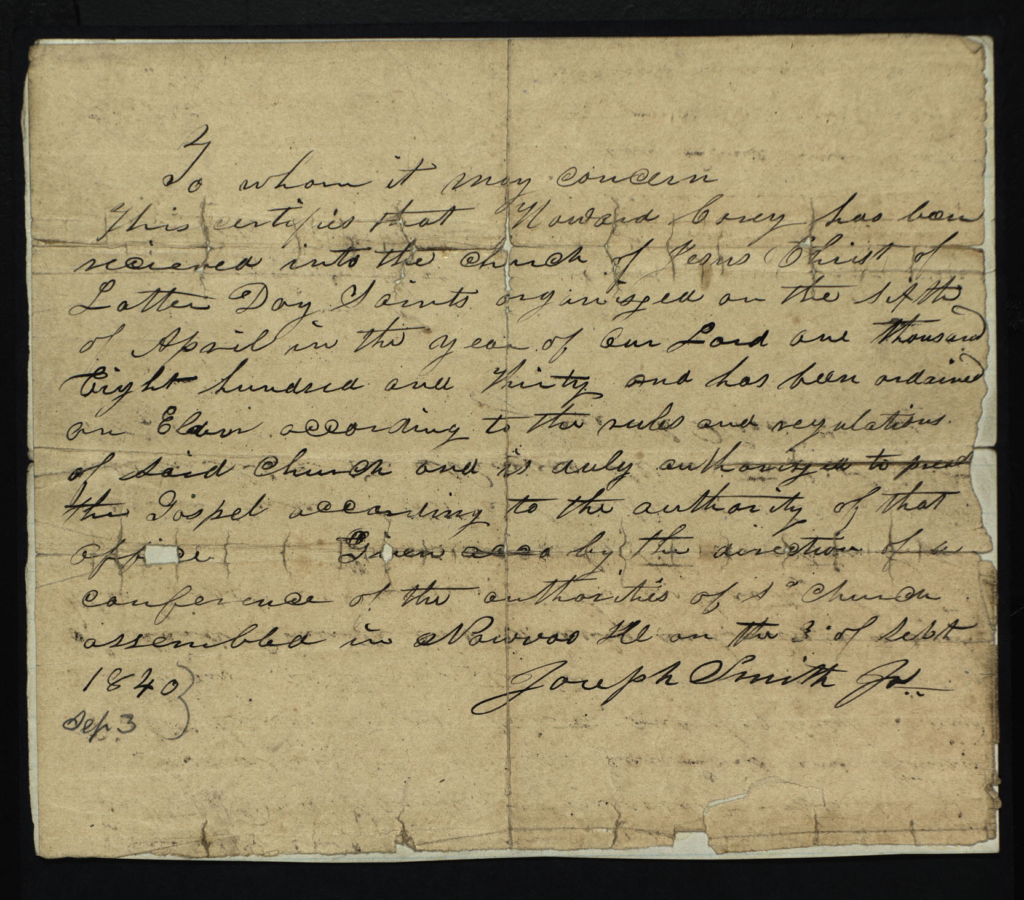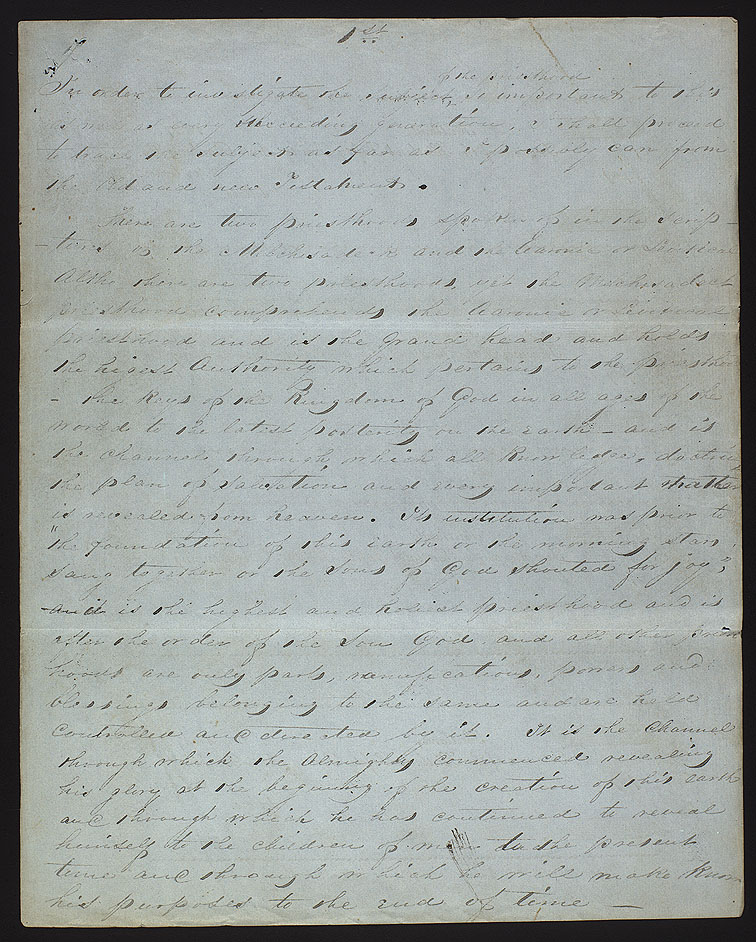I love reading first-hand accounts and lately, I’ve been thinking about what it means to be a witness. Is there a difference between being a witness and an eyewitness? Or does “witness” imply “eyewitness”? In the legal system, a good witness has to have seen something first-hand. Second-hand accounts come in second, though they have some validity. Especially a witness of miraculous events or a witness of Jesus Christ should be an eyewitness — the witness should report what he saw with his own eyes.
I came across an interesting account from one of Joseph Smith’s scribes, who was a “witness” of an event when Joseph received revelation. On October 5, 1840, Joseph was dictating a discourse to one of his scribes, Robert B. Thompson. Another of his scribes, Howard Coray was in the office at the same time and recorded the incidence in his autobiography:
One morning, I went as usual, into the Office to go to work: I found Joseph sitting on one side of a table and Robert B. Thompson on the opposite side, and the understanding I got was that they were examining or hunting in the manuscript of the new translation of the Bible for something on Priesthood, which Joseph wished to present, or have read to the people the next Conference: Well, they could not find what they wanted and Joseph said to Thompson “put the manuscript one side, and take some paper and I will tell you what to write.” Bro. Thompson took some foolscap paper that was at his elbow and made himself ready for the business. I was seated probably 6 or 8 feet on Joseph’s left side, so that I could look almost squarely into Joseph’s left eye — I mean the side of his eye. Well, the Spirit of God descended upon him, and a measure of it upon me, insomuch that I could fully realize that God, or the Holy Ghost, was talking through him. I never, neither before or since, have felt as I did on that occasion. I felt so small and humble I could have freely kissed his feet. ref
I first found this information in the footnotes of the book, The Words of Joseph Smith. (Always check the footnotes, for you will find interesting notes.) From there I searched The Joseph Smith Papers online, and read about both of these scribes — you know checking on the witnesses.
Howard Coray began work as a clerk and scribe for Joseph Smith in April 1840 in Nauvoo, Illinois. 6 May 1817–16 Jan. 1908. Bookkeeper, clerk, teacher, farmer. Born in Dansville, Steuben Co., New York. Baptized into LDS church, 24/25 Mar. 1840, near Perry, Pike Co. (Joseph Smith Papers)
License for Howard Coray to preach the gospel, signed by Joseph Smith (Joseph Smith Papers):
The other scribe who took down the dictation was:
Robert Blashel Thompson: 1 Oct. 1811–27 Aug. 1841. Clerk, editor. Born in Great Driffield, Yorkshire, England. Member of Methodist church. Immigrated to Upper Canada, 1834. Baptized into LDS church by Parley P. Pratt, May 1836, in Upper Canada. Ordained an elder by John Taylor, 22… (Joseph Smith Papers)
Thompson wrote down the discourse as Joseph dictated. The manuscript is in Thompson’s handwriting: 5 October 1840 Original Manuscript in handwriting of Robert B. Thompson. It is a Treatise on Priesthood and well worth reading:
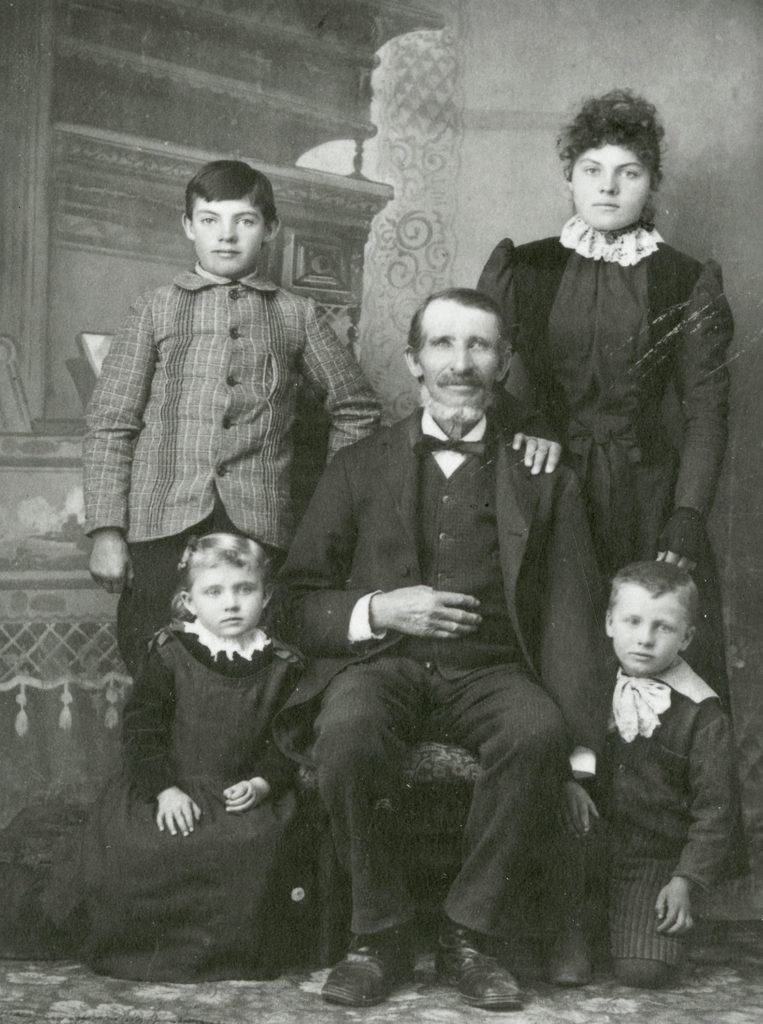
Howard Coray Photograph, photographer unknown, 1893. (Church History Library, Salt Lake City.) This photograph, taken at the 1893 World’s Fair in Chicago, shows Coray with grandchildren Eppie and Sidney Coray (seated) and step-grandchildren Laban and Elizabeth Harding.
